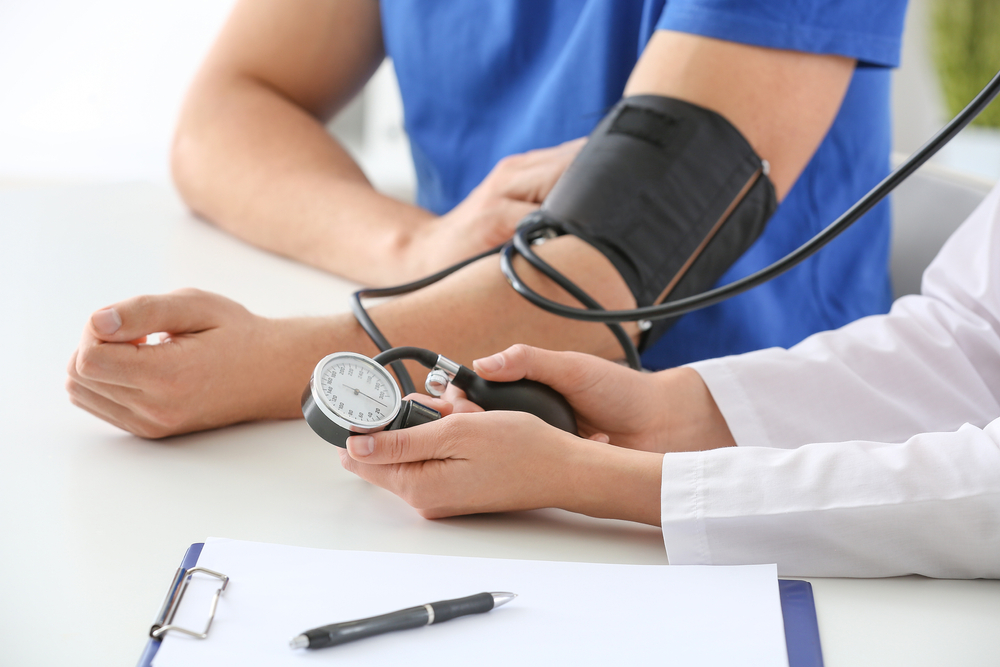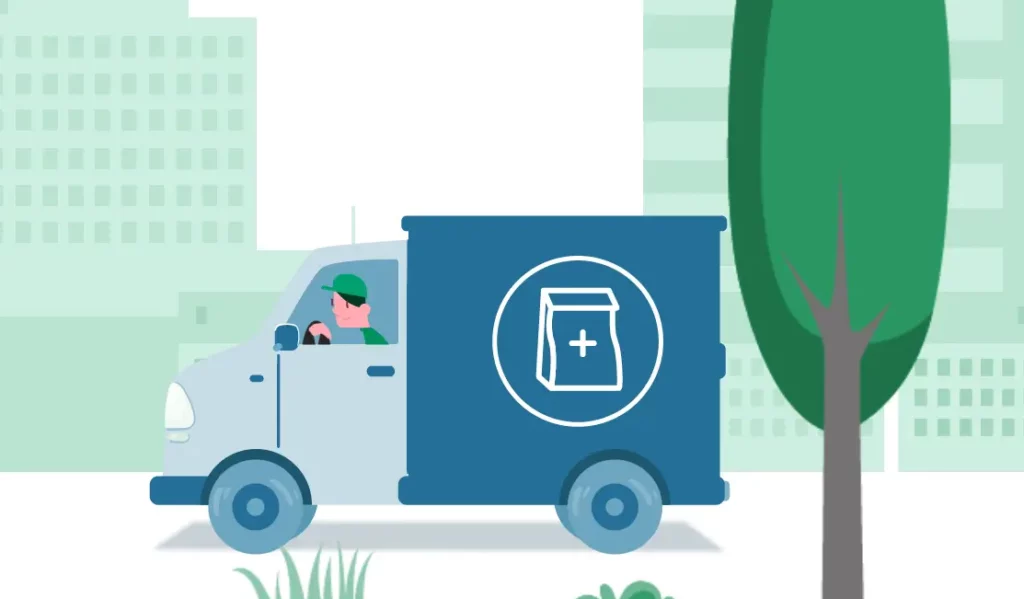Low blood pressure, also known as hypotension, occurs when your blood pressure falls below normal levels. Typically, a reading below 90/60 mmHg is considered low, but this can also vary based on your health and other factors.
Having low blood pressure can affect how well your body gets essential oxygen and nutrients. When it’s too low, you might feel dizzy, tired, or even faint. Low blood pressure can also increase your risk of falls and injuries, especially when standing up quickly.
What to do for low blood pressure?
Managing low blood pressure usually requires a combination of lifestyle changes, dietary adjustments, and, in some cases, medical interventions.
Here are some tips to help raise and stabilise your blood pressure:
Drink plenty of water
Dehydration can worsen low blood pressure, so make sure you’re drinking enough water throughout the day.
Try to avoid drinking too much alcohol as this can cause dehydration, and further lower your blood pressure.
Wear compression stockings
Compression stockings help improve circulation by applying pressure to your legs, which can prevent blood from pooling in your lower body and help raise blood pressure.
Get up slowly
Though this won’t improve your blood pressure, it’s a useful tip to help you avoid symptoms like dizziness and lightheadedness.
So whether you’re sitting or laying down, take a little bit of time to get up comfortably.
Don’t stand or sit for too long
Try to avoid standing or sitting for too long if you can help it. Gravity will cause your blood pressure to lower slightly, with the blood pooling in your legs. If you’re beginning to feel dizzy, try laying down for a little while before getting up slowly.
Eat small, frequent meals
Eating large meals can cause your blood pressure to temporarily drop, especially just after eating. Eating smaller, more frequent meals throughout the day will help you to get the nutrients you need while maintaining your blood pressure levels.
Do plenty of exercise
Regular physical activity can help improve cardiovascular health and regulate blood pressure. Focus on activities that promote circulation, such as walking, swimming, or cycling – but avoid exercises that require you to bend or rise too quickly.
Speak to your doctor
If your doctor is able to find a cause for your low blood pressure, they may be able to prescribe you medication that can help to stabilise and improve your blood pressure.
However, it’s important to take the medicine exactly as advised, and to speak with your doctor if you don’t notice any marked improvement.
Frequently asked questions about low blood pressure
How to help low blood pressure?
To help low blood pressure, stay hydrated, wear compression stockings, and exercise regularly.
What to do if you have low blood pressure?
If you have low blood pressure, drink plenty of fluids throughout the day, wear compression stockings, and discuss medication options with your doctor.
How to raise low blood pressure?
To raise low blood pressure, drink plenty of water, increase salt intake, wear compression stockings, and engage in regular, moderate exercise.


